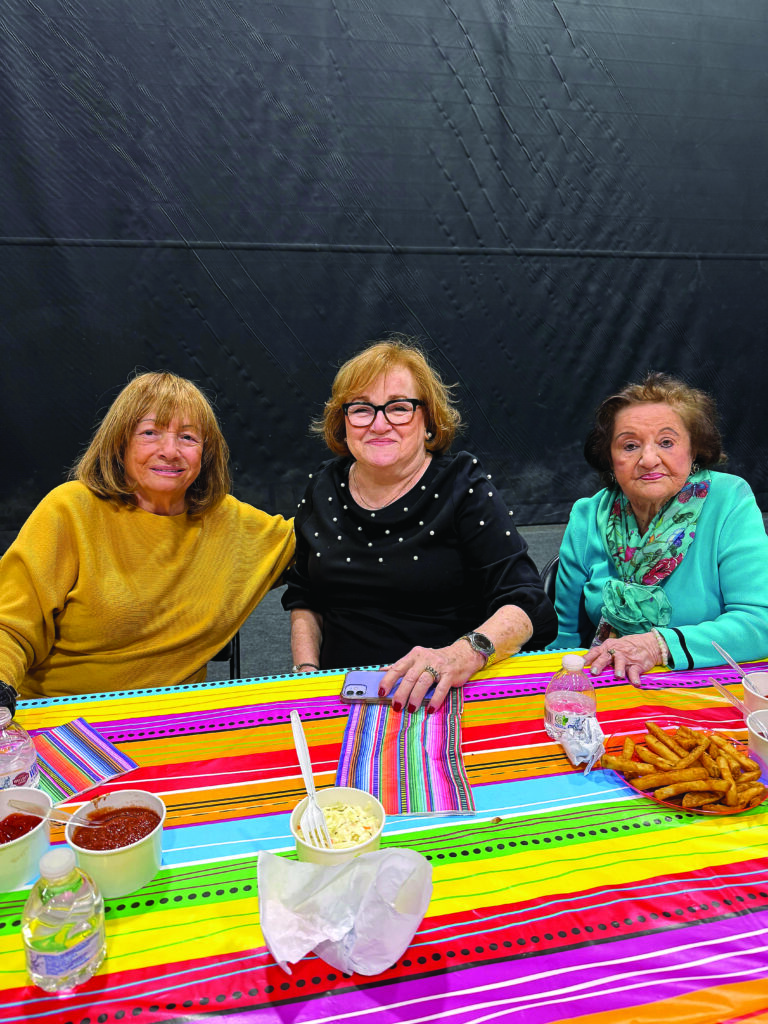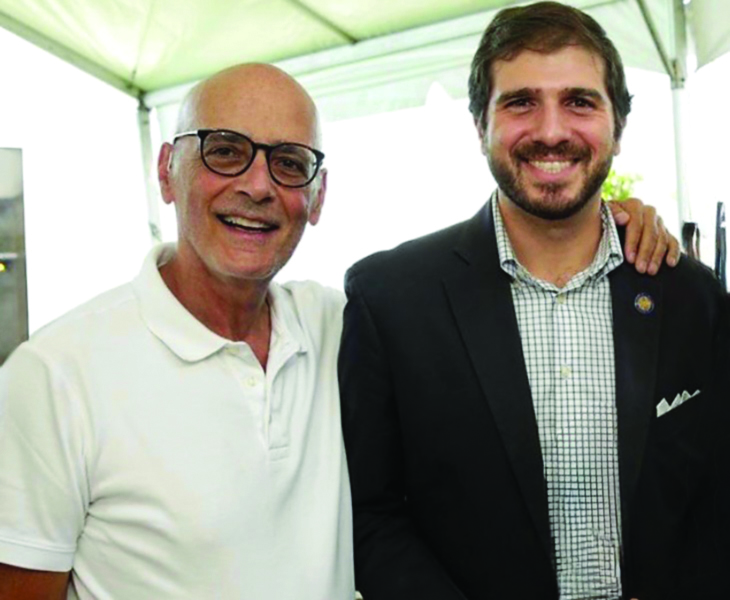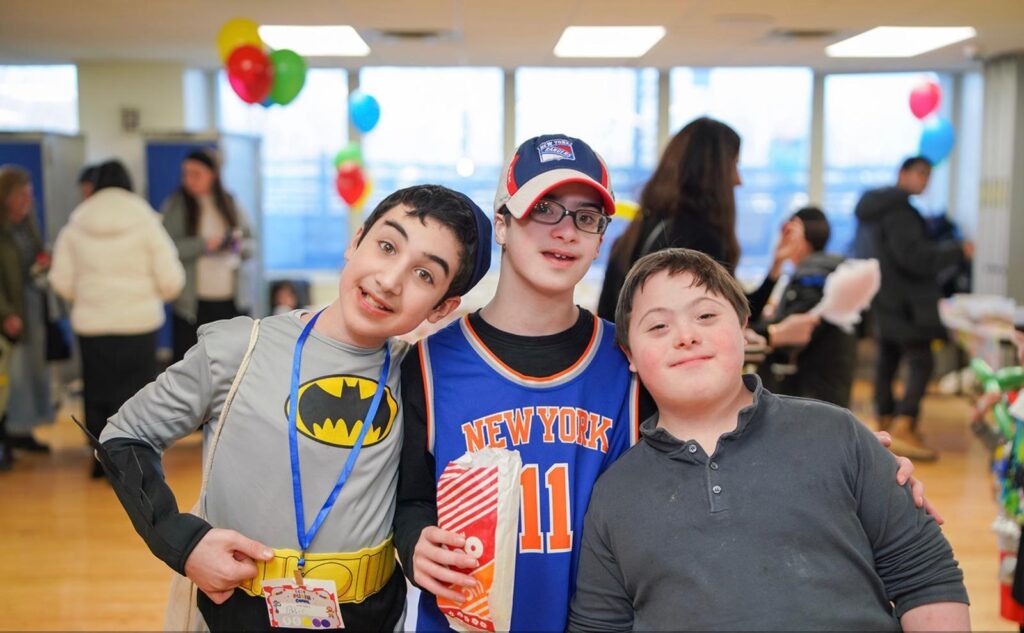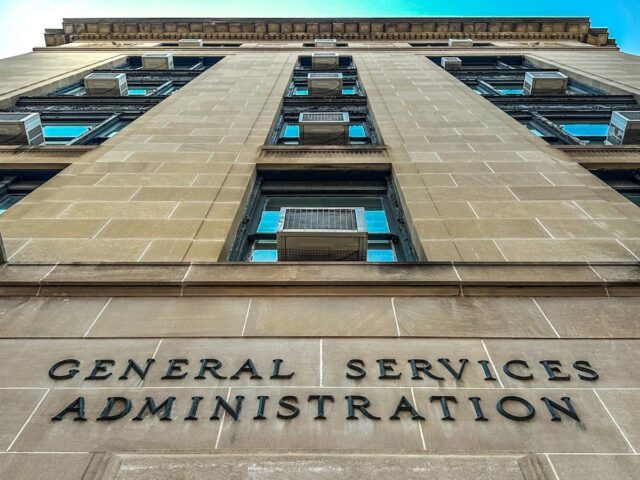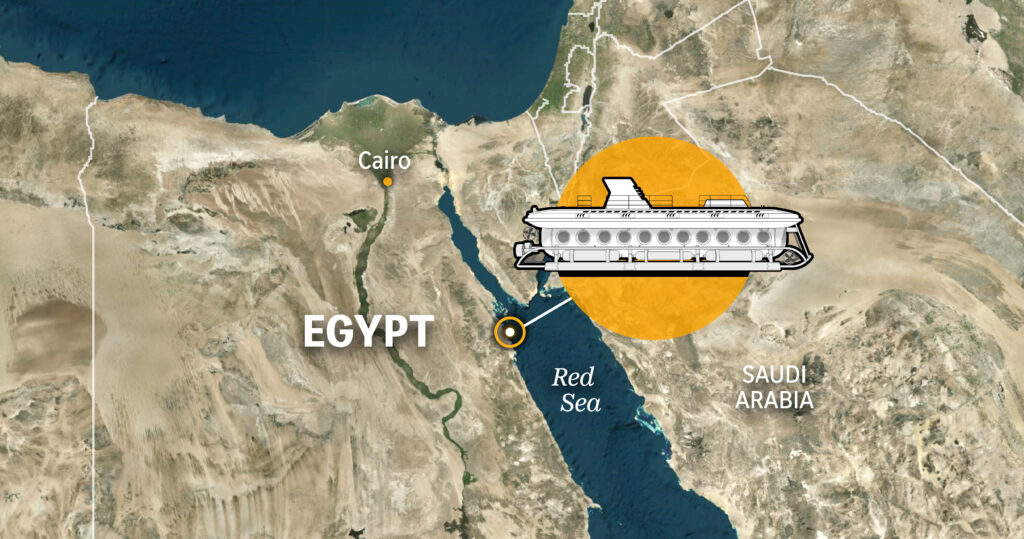DSN’s Purim Celebrations
Something for Everyone
Purim at DSN consisted of extraordinary celebrations that brought fun, laughter, and meaningful connections to community members of all ages. The holiday festivities spanned multiple events, each tailored to a different age group, ensuring that everyone had a chance to partake in the joyous spirit of Purim.

On Wednesday, March 12th, DSN, in collaboration with SBH, hosted an unforgettable Purim celebration for the seniors. This year’s theme was a vibrant Mexican fiesta, complete with an energetic Mariachi band and an authentic Mexican feast catered by PKS. The event was filled with warmth and happiness as seniors enjoyed lively music, delicious food, and heartfelt connections. To make the celebration even more special, each senior received a beautifully curated Mishloach Manot, generously provided by the DSN High School Hesed Program and SBH Youth.
DSN’s Senior Program Directors Vicky Schreiber and Stephanie Massry shared their enthusiasm for leading the Senior program year-round. “Days like this are heartwarming. It is our profound privilege to work alongside seniors, learning from their wisdom and experiences and supporting them as they age, thrive, and continue to make meaningful connections and contributions to our community.”
Purim’s festivities extended to DSN’s youngest participants through engaging and age-appropriate programs. At DSN’s Sunday program, nursery and kindergarten children were treated to a day of fun with face painting and creative crafts. Meanwhile, students in grades 1-4 participated in a special Hesed Day, engaging in acts of kindness including baking Hamantaschen for seniors, preparing Mishloach Manot, and crafting heartfelt cards for soldiers in Israel. The 5th grade girls enjoyed a beracha party with Ellen Sutton, where they organized Mishloah Manot packages for Seniors. These activities instilled a deep sense of compassion and connection within the younger generation.
On Sunday March, 9, over 1000 people attended the SBH Purim Carnival at DSN. There were inflatables, tables of hesed and a mad science show. Additionally, there was an unbelievable auction that raffled off many great things, one of them being a kitchen. The carnival and auction was put together by Marsha Tobias, who volunteers her time every year to make this dream a reality. DSN’s Youth Program Director Frieda Shamah was overwhelmed. “There’s nothing like the community coming together for an amazing event like the SBH Purim Carnival at DSN! The spirit of Purim comes alive as we see the kids dressed up and full of excitement, making it a truly special celebration.”
A delightful and heartwarming event, the Mother-Child Hamantaschen Decorating at the DSN Beach Club, was a highlight of the Purim celebrations. Jeli’s Cafe supplied fresh Hamantaschen, which children excitedly dipped and decorated with an assortment of sprinkles and toppings, all while enjoying lively music. The event fostered beautiful multi-generational bonding as mothers, grandmothers, and children came together to celebrate the holiday. DSN member and mother Gila Sutton was ecstatic. “This was our favorite DSN event!” Program Director Caleigh Silvera was overjoyed to see so many families enjoying the experience, emphasizing that the event was a resounding success.
Purim is a holiday filled with joy, fun, and the celebration of Queen Esther’s bravery and Mordechai’s steadfastness in saving the Jewish people, while Hashem guided the events through hidden miracles. DSN ensured that the Jersey Shore community had ample opportunities to celebrate, create lasting memories, and participate in elevated experiences that honored the true spirit of the holiday. Through music, food, creativity, and acts of kindness, this Purim was truly one to remember.
DSN’s Executive Director, Sammy Sitt, was thankful. “Our staff and volunteers did it again! They pulled off multiple events in the same week for Purim. It’s a credit to their passion and relentless efforts, which as they keep raising the bar on what DSN provides our community. May Hashem continue to bless DSN to keep growing and growing!”
